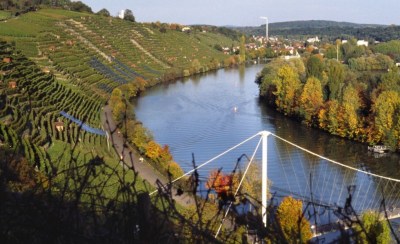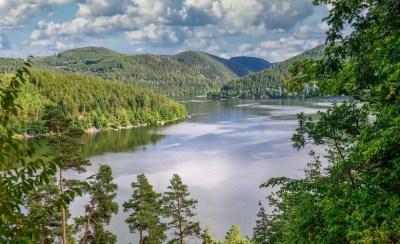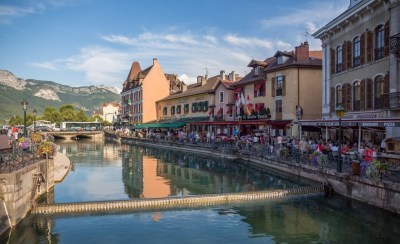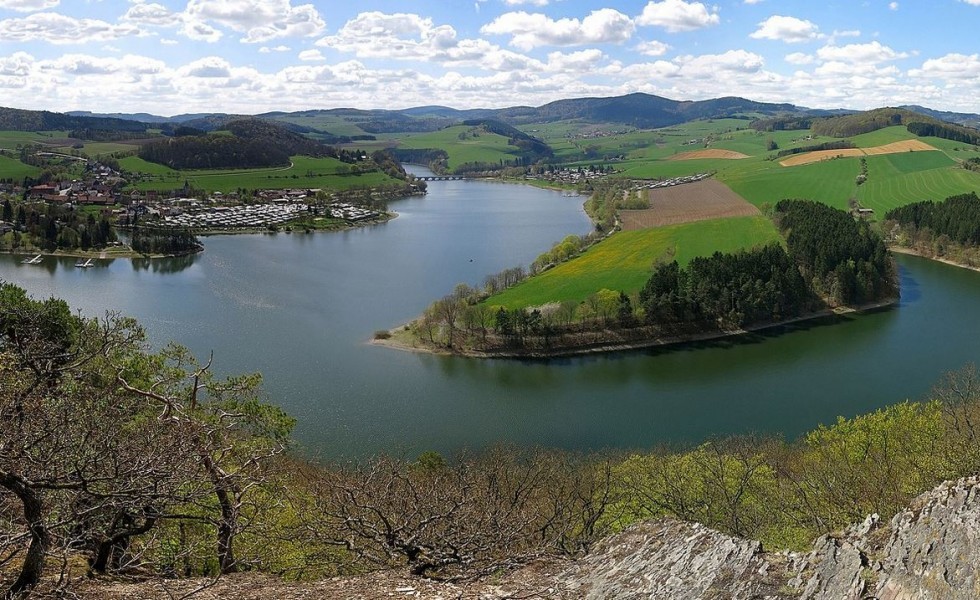Search for cities, countries, lakes and rivers
Rivers Water Temperature: Current & Historical Data
Information about the water temperature in rivers in Europe and US
We find every spot where you can swim and tell you what the water temperature is there today and throughout the year
List of Rivers by Country
Rivers of Austria
- Ager
- Alfenz
- Antiesen
- Bregenzer Ach
- Danube
- Drava
- Enns
- Fischa
- Frutz
- Gail
- Gießenbach
- Glan
- Großache
- Gurglbach
- Gurk
- Ill
- Inn
- Innbach
- Isar
- Kainach
- Kieferbach
- Krems
- Lavant
- Lech
- Leitha
- Loisach
- Melach
- Meng
- Metnitz
- Möll
Rivers of Belgium
- Aa of Weerijs
- Albert Canal
- Amblève
- Attert
- Berwinne
- Bocq
- Brussels Canal
- Chiers
- Coupure Canal
- Demer
- Dender
- Dommel
- Durme
- Dyle
- Eau Rouge
- Eisch
- Geul
- Gileppe
- Gulp
- Haine
- Hoëgne
- Hoyoux
- Ieperlee
- Inde
- Jeker
- Lesse
- Lys
- Maalbeek
- Mark (Dintel)
- Mehaigne
Rivers of Canada
Rivers of France
- Aa
- Acolin
- Adour
- Aff
- Agly
- Agout
- Ailette
- Ain
- Aire
- Aisne
- Alagnon
- Albarine
- Alène
- Allaine
- Allier
- Andelle
- Anglin
- Arc
- Arconce
- Ardèche
- Argens
- Argenton
- Ariège
- Arize
- Armançon
- Arnon
- Aron
- Arques
- Arrats
- Arros
Rivers of Germany
- Aar
- Abens
- Agger
- Ahr
- Alf
- Aller
- Alme
- Alsenz
- Alster
- Altmühl
- Alz
- Amper
- Argen
- Berkel
- Bille
- Black Elster
- Blies
- Bocholter Aa
- Bode
- Böhme
- Brenz
- Chamb
- Dahme
- Danube
- Delme
- Diemel
- Dill
- Dinkel
- Dosse
- Dreisam
Rivers of Italy
Rivers of Liechtenstein
Rivers of Luxembourg
Rivers of Netherlands
- Aa of Weerijs
- Amer
- Amstel
- Beneden Merwede
- Bergse Maas
- Berkel
- Bijlands Kanaal
- Bocholter Aa
- Boven Merwede
- Demer
- Dieze
- Dinkel
- Dommel
- Dordtsche Kil
- Dyle
- Eastern Scheldt
- Ems
- Geleenbeek
- Geul
- Gouwe
- Grevelingen
- Gulp
- Het Scheur
- Hollands Diep
- Hollandse IJssel
- IJssel
- Jeker
- Keeten-Mastgat
- Kromme Rijn
- Laakhaven
all rivers of Netherlands (61)->
Rivers of Poland
- Barycz
- Biała
- Biała (Supraśl)
- Biebrza
- Bóbr
- Brda
- Bug
- Bystrzyca
- Bytowa
- Bzura
- Czarna Hańcza
- Drawa
- Drwęca
- Dunajec
- Eastern Neisse
- Elbląg
- Gwda
- Ina
- Kaczawa
- Kamienna
- Kłodnica
- Krzna
- Kwisa
- Liwiec
- Lusatian Neisse
- Łeba
- Łódka
- Łyna
- Mała Panew
- Mleczna
Rivers of Russia
- Amga
- Amur
- Big Yenisei (Biy-Hem)
- Biryusa
- Chulym
- Dnieper
- Don
- Frost
- Gum
- Angara
- Hopper
- Irtysh
- Iset
- Ishim
- Kama
- Katun
- Ket
- Khatanga
- Klyazma
- Kolyma
- Kotuy
- Kuban
- Kubena
- Lena
- Lower Tunguska
- Lozva
- May
- Moscow
- Nerch
- Northern Dvina
Rivers of Spain
Rivers of Switzerland
- Aare
- Arve
- Doubs
- Hinterrhein
- Inn
- Kander
- Limmat
- Linth
- Orbe
- Reuss
- Rhine
- Rhône
- Saane
- Thielle
- Thur
- Ticino
- Verzasca
- Vorderrhein
- Wiese
Rivers of Ukraine
- Dnieper
- Dniester
- Umanka
- Gum
- Ingul
- Ingulets
- Kalmius
- Khorol
- Latorice
- Oster
- Psel
- Ros
- Samara
- Seversky Donets
- Southern Bug
- Stugna
- Teteriv
- Uzh
- Vorskla
Rivers of United States
- Agua Fria River
- Alabama River
- Allegheny River
- Androscoggin River
- Arkansas River
- Atchafalaya River
- Bayou Des Arc
- Bear River
- Big Black River
- Big Sioux River
- Big Wood River
- Bighorn River
- Black River (Arkansas-Missouri)
- Black River (Wisconsin)
- Black Warrior River
- Blackfoot River
- Boeuf River
- Boise River
- Brazos River
- Broad Creek
- Broad River
- Buffalo Bayou
- Canadian River
- Caney Fork River
- Cannonball River
- Cape Fear River
- Carson River
- Catawba River
- Cedar River
- Charles River



Rivers and Swimming: The Impact of Water Temperature on Comfort and Safety
Swimming in a river has always attracted people due to its natural feel, freshness, and connection to nature. However, comfort and safety depend on the water temperature, which can vary depending on the climate zone, season, and specific characteristics of the river.
Water Temperature Ranges and Their Effects on the Human Body
River water temperatures can range from icy cold to warm, and each level affects the body differently:
Below 10°C (50°F) – Extremely cold water that can cause shock and uncontrolled breathing. These conditions are common in mountain rivers and during spring thawing. Prolonged exposure may lead to hypothermia, making swimming unsafe without proper preparation.
10-15°C (50-59°F) – The water remains cold, but brief swims are possible, especially for acclimated individuals. However, after 10-15 minutes, heat loss becomes significant, leading to reduced coordination and numbness.
15-20°C (59-68°F) – Moderately cool water, tolerable for most swimmers but still refreshing. This is the typical summer temperature for many European rivers. It is optimal for active swimming, but extended exposure can still cause gradual cooling.
20-25°C (68-77°F) – Comfortable temperature where swimming is pleasant even without vigorous movement. Many rivers in warmer regions reach these levels during the hot season.
Above 25°C (77°F) – Warm water, ideal for prolonged swimming. However, such conditions can encourage the growth of bacteria and algae, requiring caution when selecting swimming locations.
Factors Influencing River Water Temperature
Several factors affect river water temperature:
Geographical location – Northern and mountain rivers stay cold even in summer, while southern, lowland rivers tend to be warmer.
Depth – Shallow areas warm up quickly, whereas deep rivers remain cooler.
Season – Water reaches its peak temperature in summer, while it is much lower in spring and autumn.
River source – Glacier-fed and underground spring-fed rivers tend to be cooler, whereas rivers fed by rainfall and reservoirs warm up faster.
Safety Considerations for River Swimming
Besides temperature, it is important to consider currents, water cleanliness, and potential underwater hazards. Before swimming, it is advisable to check for algae, slippery riverbeds, and strong currents. In cold water, sudden immersion should be avoided to prevent body shock.
Thus, the comfort and safety of swimming in a river largely depend on water temperature. Understanding temperature ranges and their effects on the human body helps in selecting the best location and time for swimming, ensuring an enjoyable and risk-free experience.

